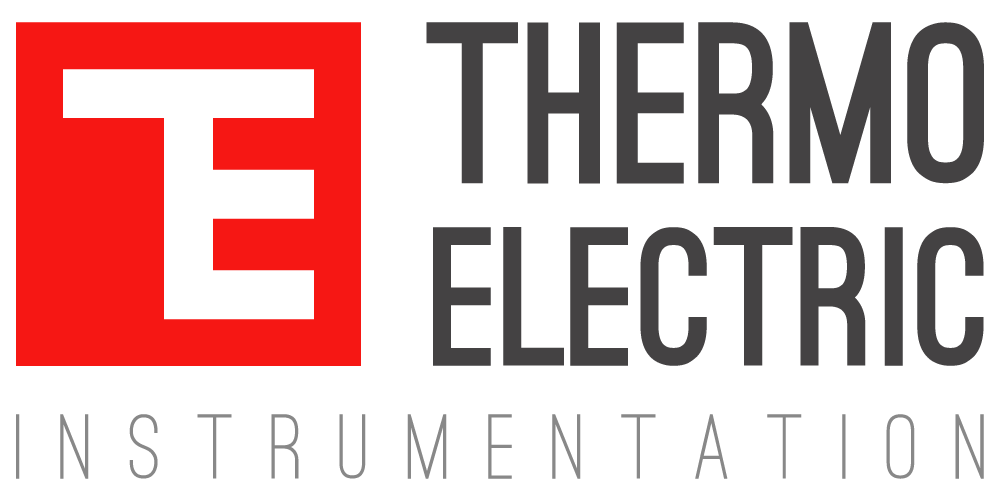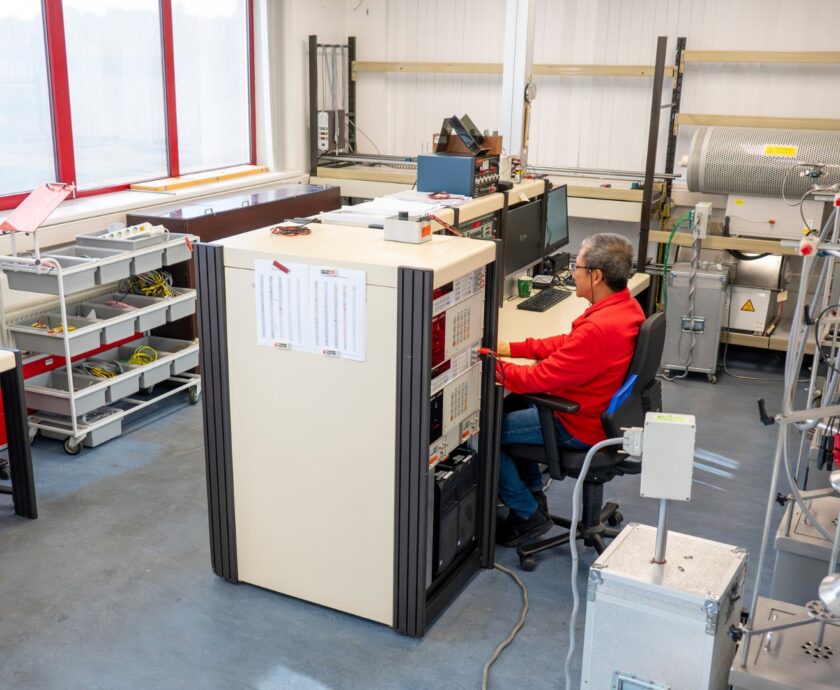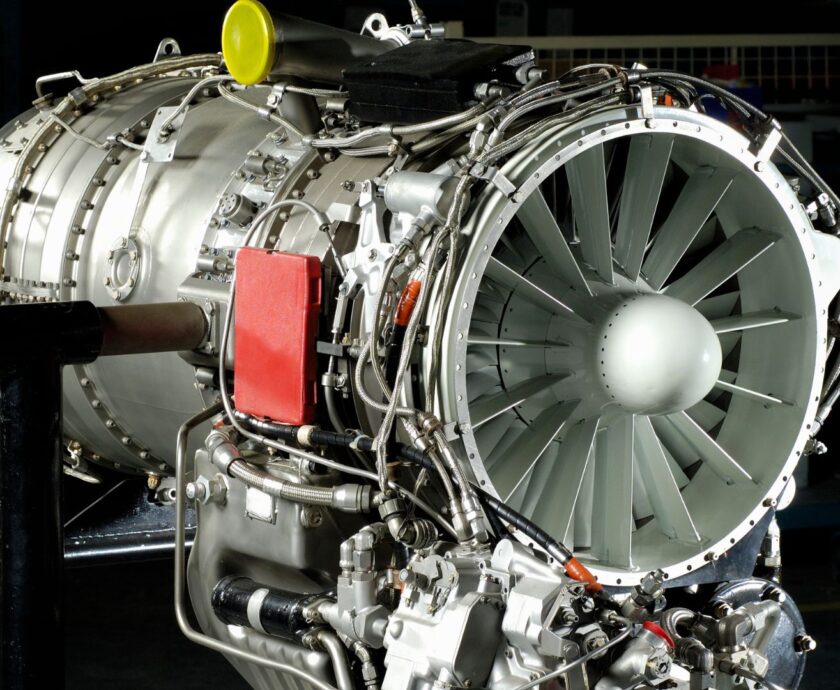Industrial environments are often harsh, with high pressures, corrosive chemicals, and mechanical stresses that can damage temperature sensors and compromise their accuracy. Ensuring that sensors are well-protected in these challenging conditions is critical to maintaining reliable temperature measurements. This article explores how to protect temperature sensors from harsh environments, including the use of thermowells, careful material selection, and compliance with industry standards.
The Challenges of Harsh Industrial Environments
Temperature sensors used in harsh industrial environments face several challenges that can degrade their performance over time:
- High Pressure: Many industrial processes involve high-pressure conditions, which can deform or damage sensors if they are not adequately protected.
- Corrosive Substances: Exposure to chemicals can corrode sensor materials, reducing their accuracy and leading to premature failure.
- Flow-Induced Vibrations: High fluid velocities can cause vibrations that damage sensors, particularly when they are exposed directly to the process medium.
To address these challenges, specialized protective measures must be taken to ensure sensors operate effectively in such environments.
The Role of Thermowells in Sensor Protection
Thermowells are important components for protecting temperature sensors in harsh environments. They act as a barrier between the process medium and the sensor, shielding it from mechanical, chemical, and thermal stresses. Here are some key benefits of using thermowells:
- Pressure Resistance: Thermowells are designed to withstand high pressures, protecting the sensor from being directly exposed to potentially damaging forces.
- Corrosion Protection: By selecting appropriate materials for the thermowell, such as stainless steel or Inconel, sensors can be shielded from corrosive chemicals and abrasive substances, prolonging their operational life.
- Reduction of Vibration Damage: Flow-induced vibrations can cause severe damage to temperature sensors. Thermowells, particularly those designed with helical strake profiles, help minimize these vibrations by disrupting vortex formation, thereby enhancing sensor reliability.
Different Thermowell Designs for Different Needs
Thermowells come in a variety of designs to suit specific industrial applications, each offering unique advantages based on the conditions they face:
- Straight, Tapered, and Stepped Profiles: These designs offer varying levels of strength and sensitivity. Tapered thermowells, for instance, provide a balance between strength and responsiveness, making them suitable for a wide range of applications.
- Helical Strake Design: For applications involving high flow rates, helical strake thermowells are designed to reduce vibrations by altering the fluid flow pattern. This design reduces the risk of resonance and potential sensor damage, ensuring a more stable reading.
- Material Selection: Thermowells can be manufactured from various materials, including stainless steel, Inconel, Hastelloy, and other alloys. The material choice depends on the nature of the process medium—whether it is corrosive, abrasive, or presents other challenges.
Importance of Material Selection
Selecting the right materials for both sensors and thermowells is critical in harsh environments. Different process conditions require specific materials to ensure durability and reliability:
- Corrosive Environments: In environments with aggressive chemicals, thermowells made from corrosion-resistant materials like Hastelloy or Inconel can prevent chemical attacks that could degrade sensor performance.
- High-Pressure Applications: For processes involving high pressures, robust materials like stainless steel or titanium can be used to provide the necessary strength and resilience.
- Temperature Extremes: Materials must also be selected based on their ability to withstand extreme temperatures. Stainless steel and other high-temperature alloys ensure that both the thermowell and sensor perform reliably under thermal stress.
Compliance with Industry Standards
In harsh industrial conditions, ensuring compliance with industry standards is also important for maintaining safety and reliability. Thermowells used in these environments should comply with standards like ASME PTC 19.3, which provides guidelines for thermowell design and installation to minimize risks related to resonance and mechanical failure.
ASME PTC 19.3 standards help ensure that thermowells are properly designed for the dynamic conditions they face, including the impact of flow velocity and pressure. Compliance with these standards not only enhances safety but also contributes to the accuracy and longevity of the temperature sensors.
Practical Tips for Protecting Temperature Sensors
To protect temperature sensors in harsh industrial environments, the following best practices should be followed:
- Use Thermowells Where Possible: Installing thermowells provides essential protection for sensors, shielding them from direct exposure to harsh process conditions.
- Select Appropriate Materials: Choose thermowell and sensor materials that match the process medium’s chemical properties, pressure levels, and temperature range to ensure long-term durability.
- Regular Inspections: Thermowells should be inspected regularly for signs of wear, corrosion, or damage. Regular maintenance helps identify and address issues before they lead to sensor failure.
Wrapping Up
Protecting temperature sensors from harsh industrial conditions is key to maintaining accuracy, safety, and longevity in temperature measurement systems. Thermowells provide an important barrier against high pressure, corrosive substances, and mechanical vibrations, ensuring that sensors can operate reliably even in challenging environments. By selecting the right thermowell design, and material, and ensuring compliance with industry standards, industries can enhance the performance and lifespan of their temperature sensors, ultimately leading to more reliable and efficient operations.




